
Can a swarm of cheap drones cripple the war economy of a petrostate? A series of overnight strikes by Ukraine against two refineries of Russian oil, one in Bashkiria and the other in Nizhny Novgorod, hint that the answer may be yes. It comes as part of a wider campaign against energy infrastructure that is rewriting battlefield dynamics and economic realities deep inside Russia.
The strikes aren’t a one-off. These come after months of an intensifying Ukrainian campaign launched against refineries, fuel depots, and pipelines, mixing precision targeting with technological innovation. From FPV kamikaze drones to long-range UAVs, Ukraine’s arsenal has evolved with the capability to pierce through the Russian defenses and strike critical nodes hundreds of kilometers from the front line. This sends ripples through Russia’s fuel supply, military logistics, and even global oil markets.
From tactical operations to the economic impact, this listicle covers nine critical sides of the refinery strike campaign by Ukraine for a clear view into how drone warfare is redefining strategic pressure points for defense analysts and military technology observers.
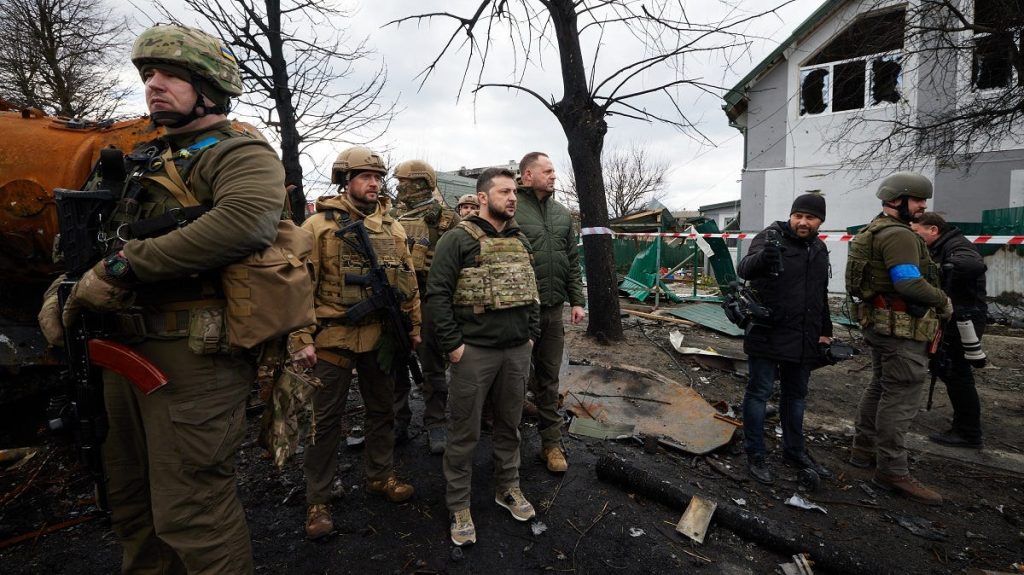
1. Overnight Strikes Halt Operations at Two Key Refineries
The shutdowns of the Sterlitamak Petrochemical Plant in Bashkiria and the Nizhny Novgorod refinery following overnight drone attacks became the immediate cause for renewed attention. According to Ukrainian official Andriy Kovalenko, there were power cuts in parts of the Kursk region. Such reports came from Lipetsk and Nizhny Novgorod, with air defense activity also reported, while five cities’ airports were briefly closed. Local authorities announced that at Sterlitamak, there was an explosion at the water treatment workshop that partially collapsed, with no casualties.

2. Analysis by BBC Verify shows
That Ukrainian drone strikes have already hit 21 of Russia’s 38 major refineries since January – a 48% increase over the whole of 2024. In August, a record 14 were hit. Eight were struck in September. Strikes have reached deep into Russian territory – including Bashkortostan’s Gazprom Neftekhim Salavat facility over 1,100 km from Ukraine.
These would include the two sets of large civilian supply refineries and border-proximate plants serving military operations. This dual approach multiplies the impact, creating shortages of civilian fuel and placing a logistical strain on Russian forces.
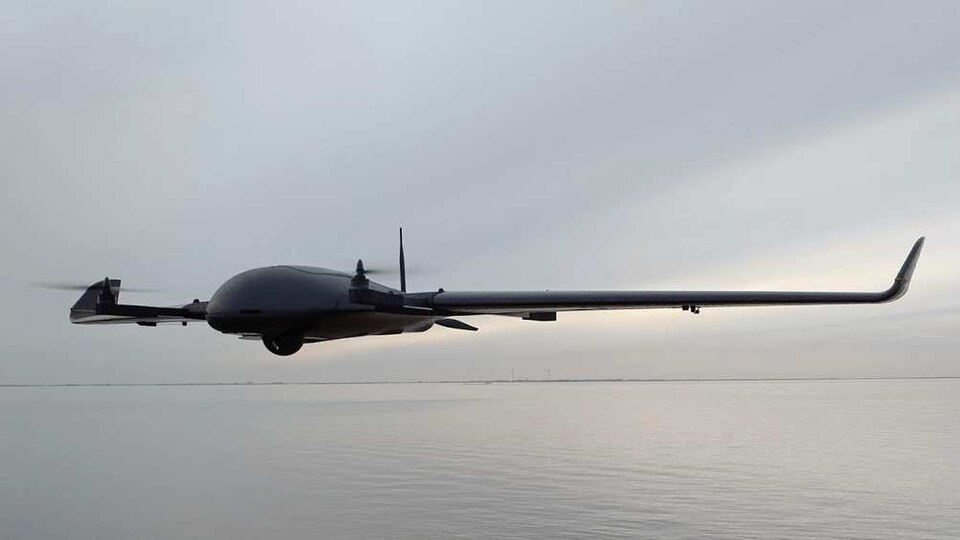
3. These modified commercials
Quadcopters form part of the drone arsenal the Ukraine has, but some of them can have a very long range, just like military UAVs. Operations managed to pierce the Russian air defenses in order to strike facilities hundreds of kilometers from the border. Energy security expert Cyril Widdershoven described these as “precision strikes and drone attacks on Russian oil refineries, fuel depots, and related logistics” – a direct hit at “the Kremlin’s economic lifelines.”
It goes beyond aerial use of drones; Ukraine has also deployed maritime drones and missiles-a factor that more than anything else complicates Russian defensive planning. Varied platforms increase both operational flexibility and strike unpredictability.
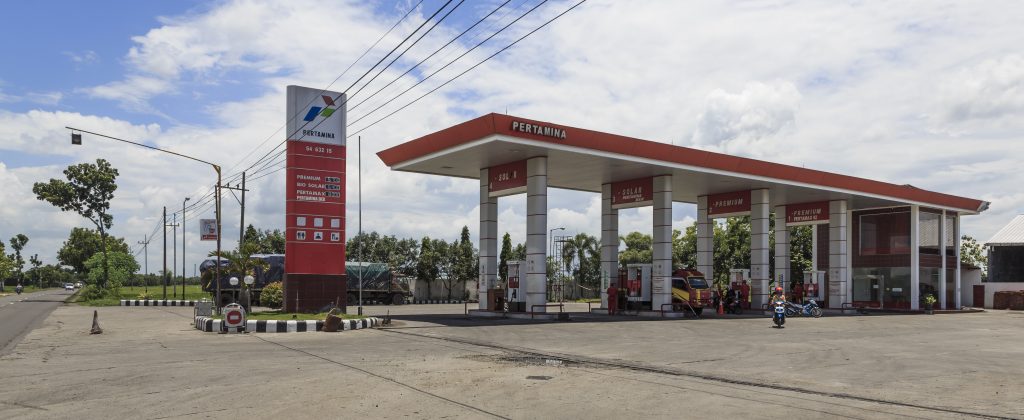
4. Econo mic Impact: Fuel Shortages and Price Surges
With crude exports still strong, the shortages of refined products squeeze margins and hurt the domestic supply chains. Drawing on fuel reserves for military operations at the expense of civilian needs further stretches military logistics.

5. Strategic Objectives: Disrupting Russia’s War Economy
However, Ukraine has attempted to target energy infrastructure without targeting the front-line units in a bid to reduce fuel availability for military vehicles and aircraft, divert resources into repairs while triggering economic pressure via shortages. As Widdershoven explained, this is “hitting Putin’s war economy very hard” by decreasing options to monetize hydrocarbon potential while domestic prices are on the rise. Other secondary effects include civilian discontent, industrial disruption, and visible proof of vulnerability-elements that might complicate the Kremlin’s political management of the conflict.
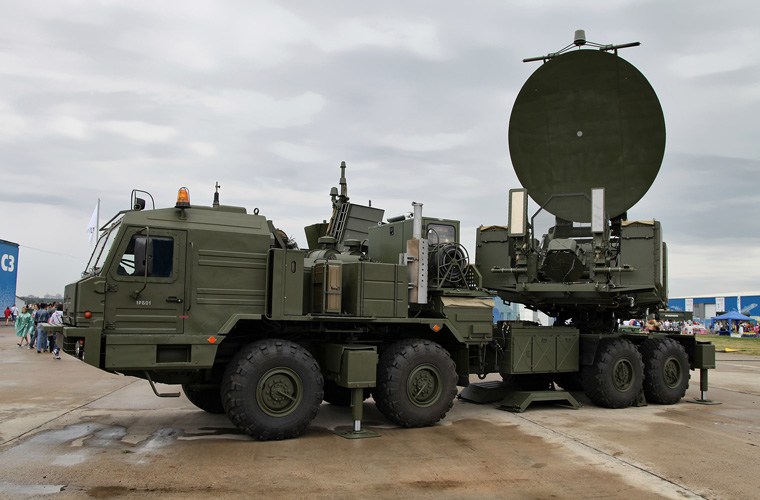
6. Russian Countermeasures and Defensive Challenges
Other air defenses, electronic warfare perimeters, and physical barriers, including anti-drone nets, have been placed around key installations. But protection against full-spectrum attacks on Russia’s enormous and geographically spread energy infrastructure is challenging. Low radar signatures, low-altitude flight paths, and massed drone attacks will exploit these gaps. The vulnerability also creates other defensive trade-offs that divert systems from first-line military use. The asymmetry in costs between relatively low-cost attack drones and expensive intercept systems compounds the challenge further.
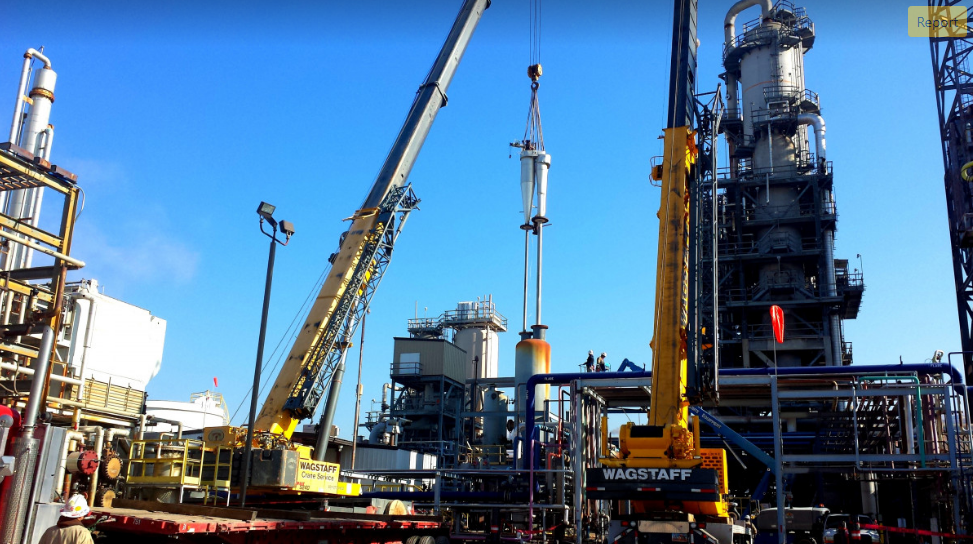
7. Repair Capacity vs. Cumulative Damage
Efforts by Russia have come to focus on rapid repairs, reconfigurations of the network, and stocks for emergencies. The sanctions make procurement of special components more difficult, while repeated strikes outrun the capacity to repair. Damage to secondary treatment units often has greater impact on market-grade fuel output than primary distillation losses. Examples from industry include the fact that facilities such as Volgograd restored operations in a matter of weeks, but sustained campaigns do indeed erode such resilience, just like repeated blows against recovery over time.
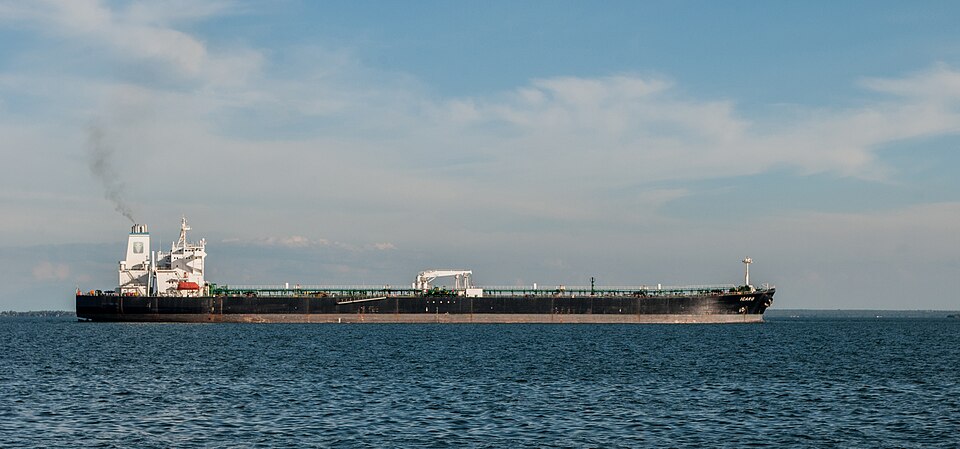
8. Ripple Effects in Global Markets
The strikes have reduced Russian diesel exports to the lowest level in five years, hitting markets in Africa and Asia particularly hard. However, while an increase in crude exports offset some of those losses, it also shifted trade patterns and created logistical mismatches. Global oil prices remain stable due to off-setting production with releases from reserves, yet regional diesel markets can feel sharper impacts. Producers elsewhere are adjusting refining output to fill gaps while trading routes get reconfigured to accommodate altered Russian export profiles.

9. Future Evolution of the Campaign
Ukraine is likely to add more sophisticated guidance, longer-range systems, and combined strike methods. Other external factors-such as seasonal ones like winter fuel demand or refinery maintenance schedules-might affect the targeting tempo. Russia will continue hardening facilities, but technological adaptation on both sides will keep the contest going. Potential developments like the “Flamingo Missile” could extend reach and payload, increasing strategic pressure. Asymmetric economic warfare through infrastructure targeting has become a core element of Ukraine’s wider conflict strategy.
The Refinery Strike Campaign of Ukraine underlines a profound truth: modern drone warfare can apply pressure beyond the battlefield. Through degrading its refining capacity, creating fuel shortages, and forcing costly defensive measures, these operations marry military technology with economic pressure. The lesson to the defense analyst would be clear: the capability to hit an adversary’s economic lifelines is a prize as great as any frontline victory in contemporary conflict.

